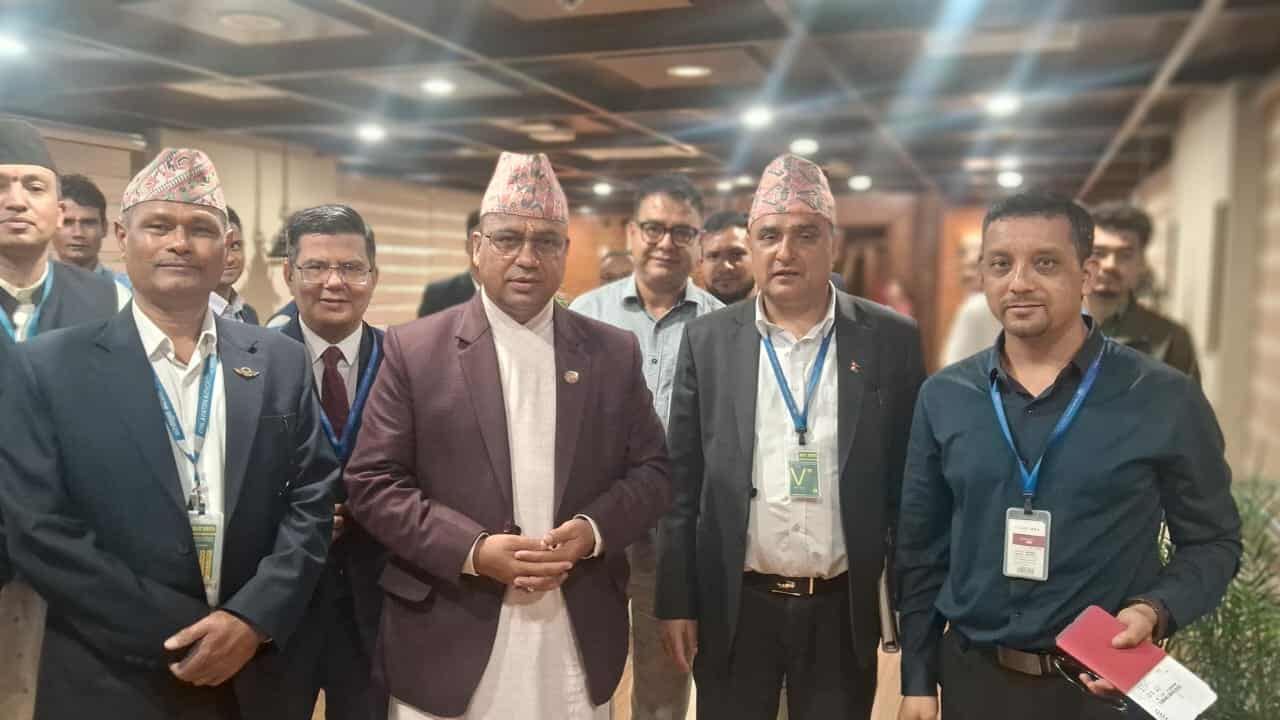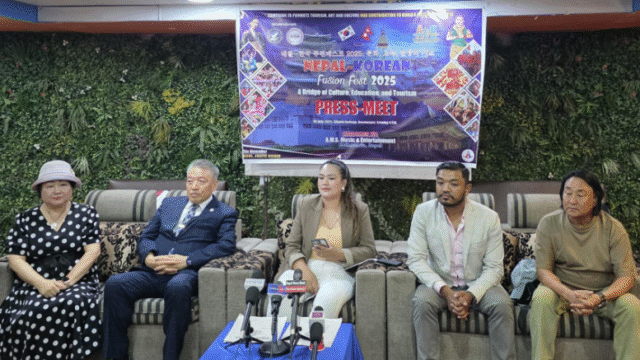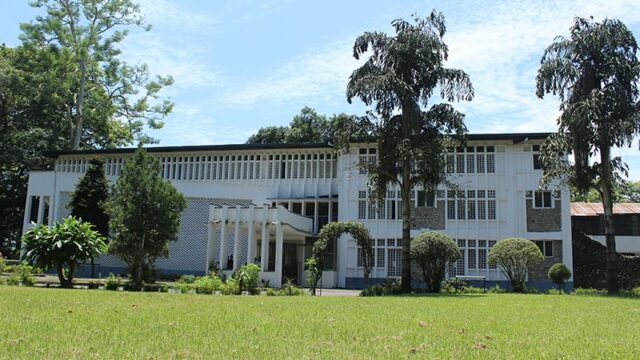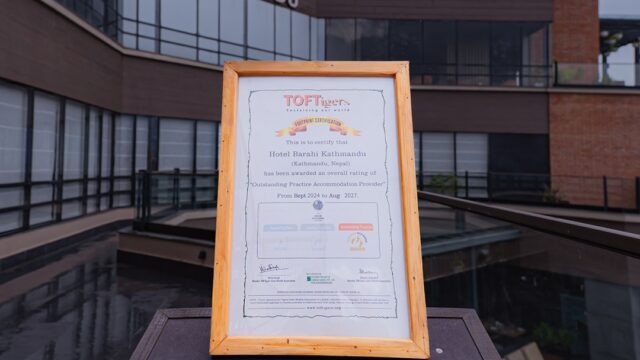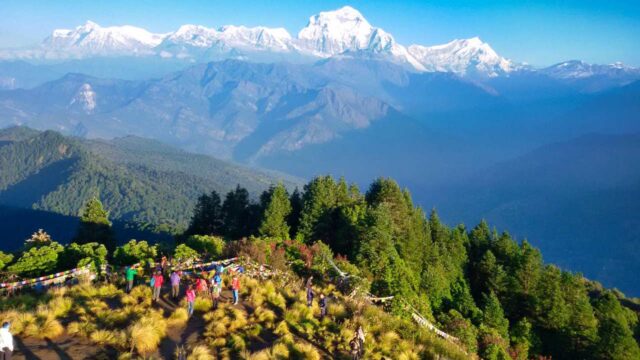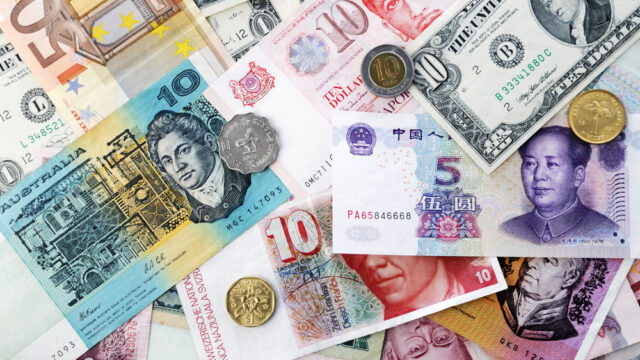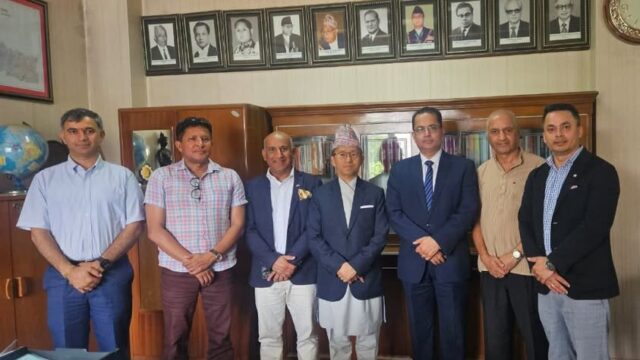Minister for Culture, Tourism and Civil Aviation, Badri Prasad Pandey, departed for France today to participate in the 47th session of the UNESCO World Heritage Committee, which is being held in Paris. This visit marks a significant step toward Nepal’s efforts to secure international recognition for one of its most historic and culturally significant sites, Tilaurakot in Kapilvastu.
Tilaurakot on the Global Stage
The Ministry of Culture, Tourism and Civil Aviation has confirmed that Minister Badri Prasad Pandey will formally propose the inclusion of Tilaurakot in the list of UNESCO World Heritage Sites. Tilaurakot, known as the ancient capital of the Shakya Kingdom, is widely believed to be the childhood home of Lord Buddha.
This proposal will be presented at the UNESCO World Heritage Committee session in Paris, where member nations gather to evaluate and decide on the recognition of culturally and naturally significant sites across the world.
If Tilaurakot is granted UNESCO World Heritage status, it would stand alongside Lumbini, Buddha’s birthplace, as a globally recognized and protected site. Experts suggest that this recognition would play a vital role in safeguarding the region’s archaeological value while also strengthening Nepal’s cultural image and boosting tourism on the international stage.
Farewell at Tribhuvan International Airport
Minister Badri Prasad Pandey received a formal farewell at Tribhuvan International Airport from Tourism Secretary Hari Prasad Mainali and several other senior officials from the Ministry of Culture, Tourism and Civil Aviation. The gesture underscored the significance of his visit to France for Nepal’s cultural diplomacy.
Prior to his departure, ministry representatives shared with the media that the journey marks an important step forward in Nepal’s broader mission to preserve and internationally promote its rich and ancient cultural legacy. They emphasized the potential impact of the visit in gaining global recognition for Nepal’s heritage sites.
The Importance of Committee Approval
The UNESCO World Heritage Committee consists of 21 member nations, with notable representation from Asia, including countries like India, Qatar, Japan, and South Korea. These countries play a key role in the decision-making process during the committee’s sessions.
For any new site to be added to the World Heritage List, the proposal must receive approval through a majority vote from the committee members. This voting process ensures that each inscription reflects a collective agreement on the site’s global cultural or natural significance.
Cultural experts say the committee will evaluate the proposal based on several criteria, including historical significance, authenticity, conservation status, and management planning of the site. Nepal has been actively lobbying support among committee members ahead of the session.
Why Tilaurakot Matters
Tilaurakot holds immense religious and archaeological value. Situated in the Kapilvastu district, it is widely recognized by historians and archaeologists as the ancient capital where Prince Siddhartha Gautam (later known as Buddha) spent the first 29 years of his life before embarking on his spiritual quest.
Archaeological excavations at the site have uncovered palace remnants, old roads, gates, and walls that are over 2,500 years old. Gaining UNESCO recognition would greatly elevate the site’s global importance, draw international scholarly attention, and support the growth of sustainable tourism in the area.
Nepal’s ongoing efforts to protect and promote its cultural heritage are highlighted by Minister Pandey’s participation in the 47th session of the UNESCO World Heritage Committee. His involvement signifies the country’s strong commitment to achieving international acknowledgment for historically significant sites like Tilaurakot.
If Tilaurakot is successfully listed as a UNESCO World Heritage Site, it would serve as a tribute to Nepal’s ancient civilization and spiritual history. Moreover, such recognition would open doors for increased global cooperation in the fields of heritage preservation, research, and sustainable cultural tourism.
